I am designing an RS-485 communication.
The communication interface is isolated. So, only the noninverting and inverting line will be connected outside to the cable.
I know that I have to include the signal ground for the RS-485 interface to be perfect. However, I am short on the number of terminals I can use.
Will it be OK if the interface is isolated and the noninverting and inverting line is pulled up and down with 47k Ohm resistor?
Will 47K Ohm pull-down resistor some how work level the ground level of the system to same level of the network even if the signal ground is not connected?
